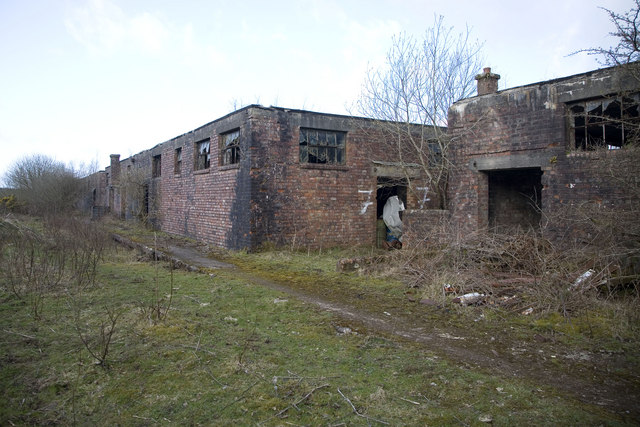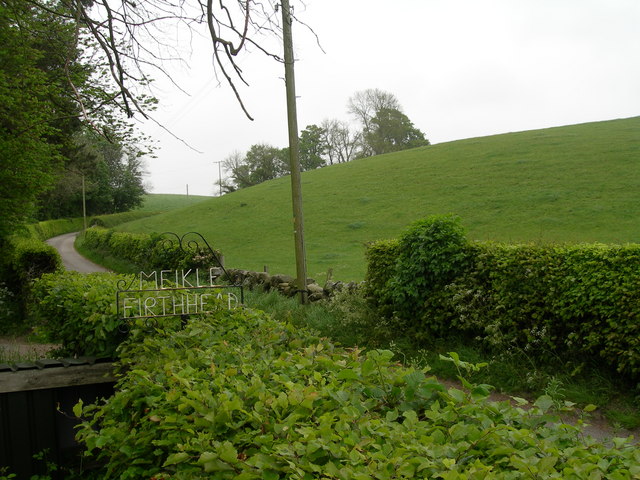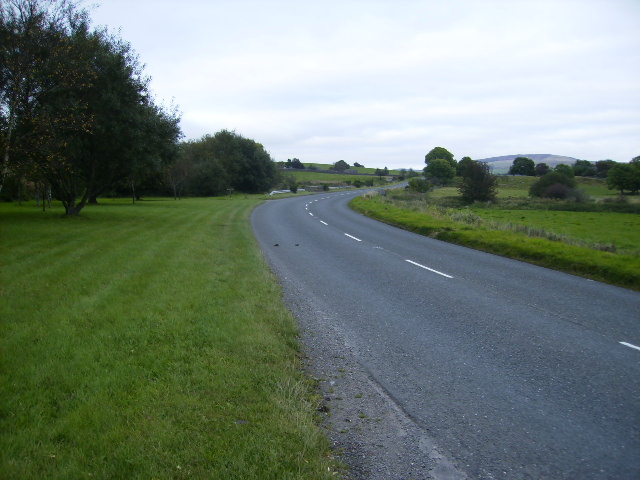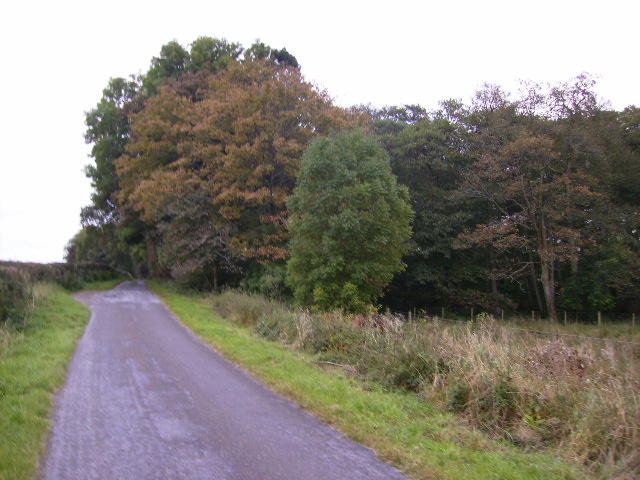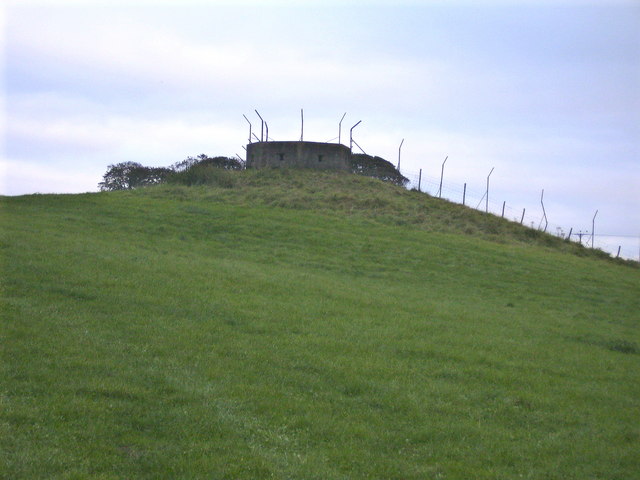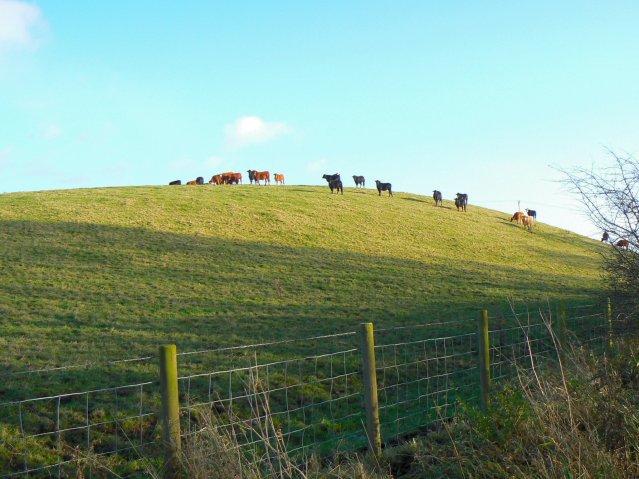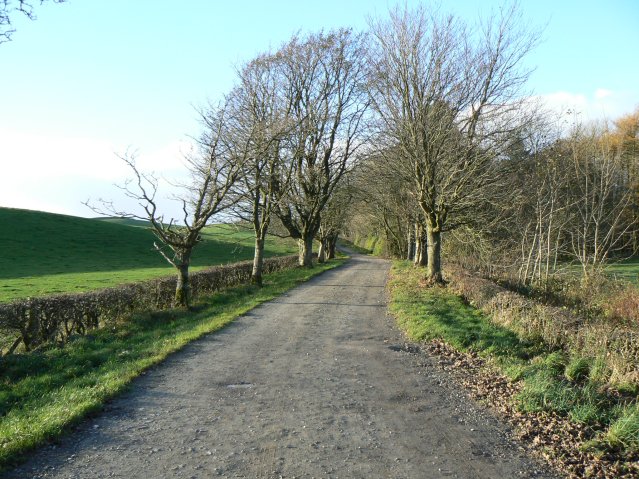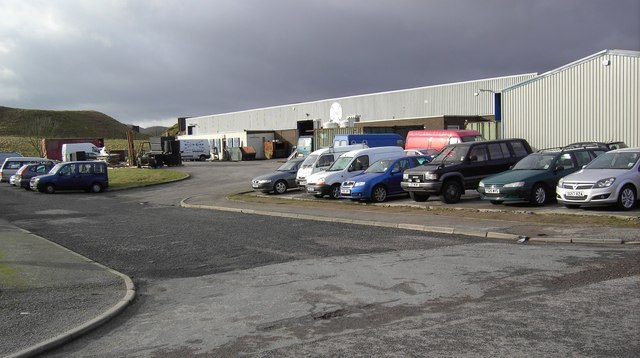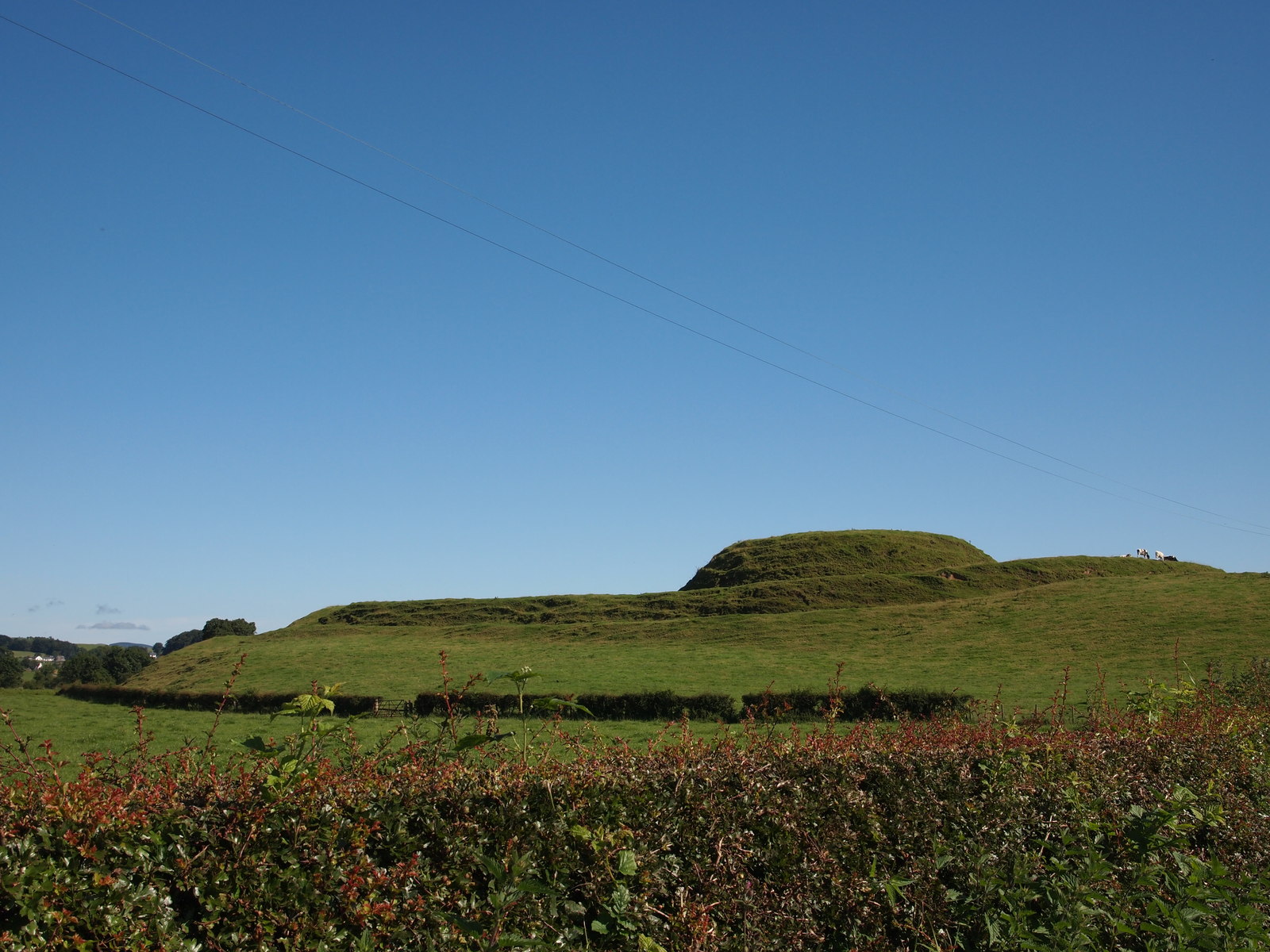Barluith Hill
Hill, Mountain in Kirkcudbrightshire
Scotland
Barluith Hill
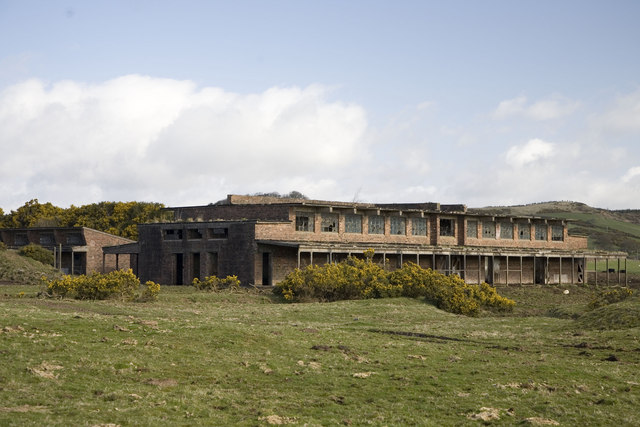
Barluith Hill, located in Kirkcudbrightshire, is a prominent hill that forms part of the stunning Galloway Hills range in southwestern Scotland. Standing at an elevation of approximately 366 meters (1,200 feet), it offers breathtaking panoramic views of the surrounding countryside. The hill is situated about 5 kilometers (3 miles) northeast of the picturesque town of Gatehouse of Fleet.
Barluith Hill is known for its rugged terrain, characterized by rolling slopes covered in heather and scattered rocky outcrops. The hill is a popular destination for hikers and nature enthusiasts, who are drawn to its diverse flora and fauna. It is home to a variety of bird species, including red grouse, skylarks, and peregrine falcons, making it a haven for birdwatchers.
The summit of Barluith Hill provides an excellent vantage point, offering uninterrupted views of the surrounding landscape, including the nearby Loch Whinyeon and the Fleet Estuary. On clear days, visitors are rewarded with sweeping vistas of the Solway Firth and even the distant peaks of the Lake District in England.
Access to Barluith Hill is primarily through well-maintained footpaths and trails, ensuring a pleasant and safe hiking experience. The hill is also relatively easily accessible, with ample parking available nearby. Visitors are advised to bring appropriate clothing and footwear, as the weather conditions can be changeable.
Overall, Barluith Hill is a must-visit destination for those seeking to immerse themselves in the natural beauty of Kirkcudbrightshire. Its striking vistas and abundant wildlife make it a haven for outdoor enthusiasts and a true gem of the Galloway Hills.
If you have any feedback on the listing, please let us know in the comments section below.
Barluith Hill Images
Images are sourced within 2km of 54.954843/-3.809424 or Grid Reference NX8463. Thanks to Geograph Open Source API. All images are credited.

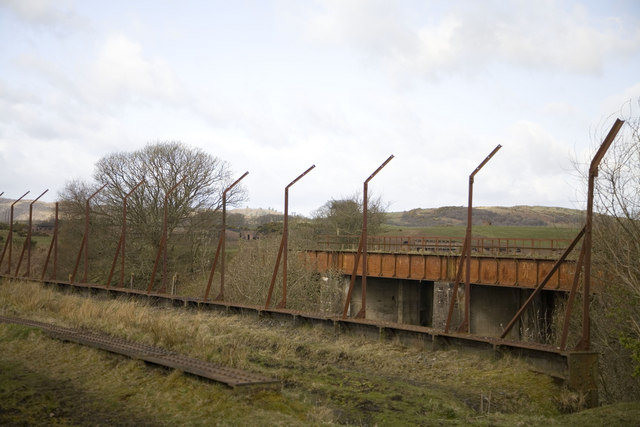

Barluith Hill is located at Grid Ref: NX8463 (Lat: 54.954843, Lng: -3.809424)
Unitary Authority: Dumfries and Galloway
Police Authority: Dumfries and Galloway
What 3 Words
///scan.fuses.worthy. Near Dalbeattie, Dumfries & Galloway
Nearby Locations
Related Wikis
Southwick railway station (Scotland)
Southwick (Dumfries & Galloway) railway station served the civil parish of Colvend and Southwick, Dumfries and Galloway, Scotland from 1859 to 1965 on...
Dalbeattie Star F.C.
Dalbeattie Star Football Club is a Scottish association football club based in Dalbeattie, Dumfries and Galloway. It currently competes in the South of...
Dalbeattie railway station
Dalbeattie railway station served the town of Dalbeattie, Dumfries and Galloway, Scotland from 1859 to 1965 on the Castle Douglas and Dumfries Railway...
Dalbeattie Town Hall
Dalbeattie Town Hall is a municipal building in the High Street in Dalbeattie, Dumfries and Galloway, Scotland. The structure, which is used as community...
Dalbeattie
Dalbeattie (, Scots: Dawbeattie, Scottish Gaelic: Dail Bheithe meaning 'haugh of the birch' or Dail bhàite 'drowned (i.e. liable to flood) haugh') is a...
Dalbeattie High School
Dalbeattie High School is a small rural secondary school on the edge of Dalbeattie in the historical county of Kirkcudbrightshire in the local council...
Stewartry
Stewartry was a local government district from 1975 until 1996 within the Dumfries and Galloway region in south-west Scotland. Under the name Stewartry...
Motte of Urr
The Motte of Urr is the remains of a 12th-century motte-and-bailey castle located near the Haugh of Urr in Dumfries and Galloway, Scotland. == History... ==
Nearby Amenities
Located within 500m of 54.954843,-3.809424Have you been to Barluith Hill?
Leave your review of Barluith Hill below (or comments, questions and feedback).
